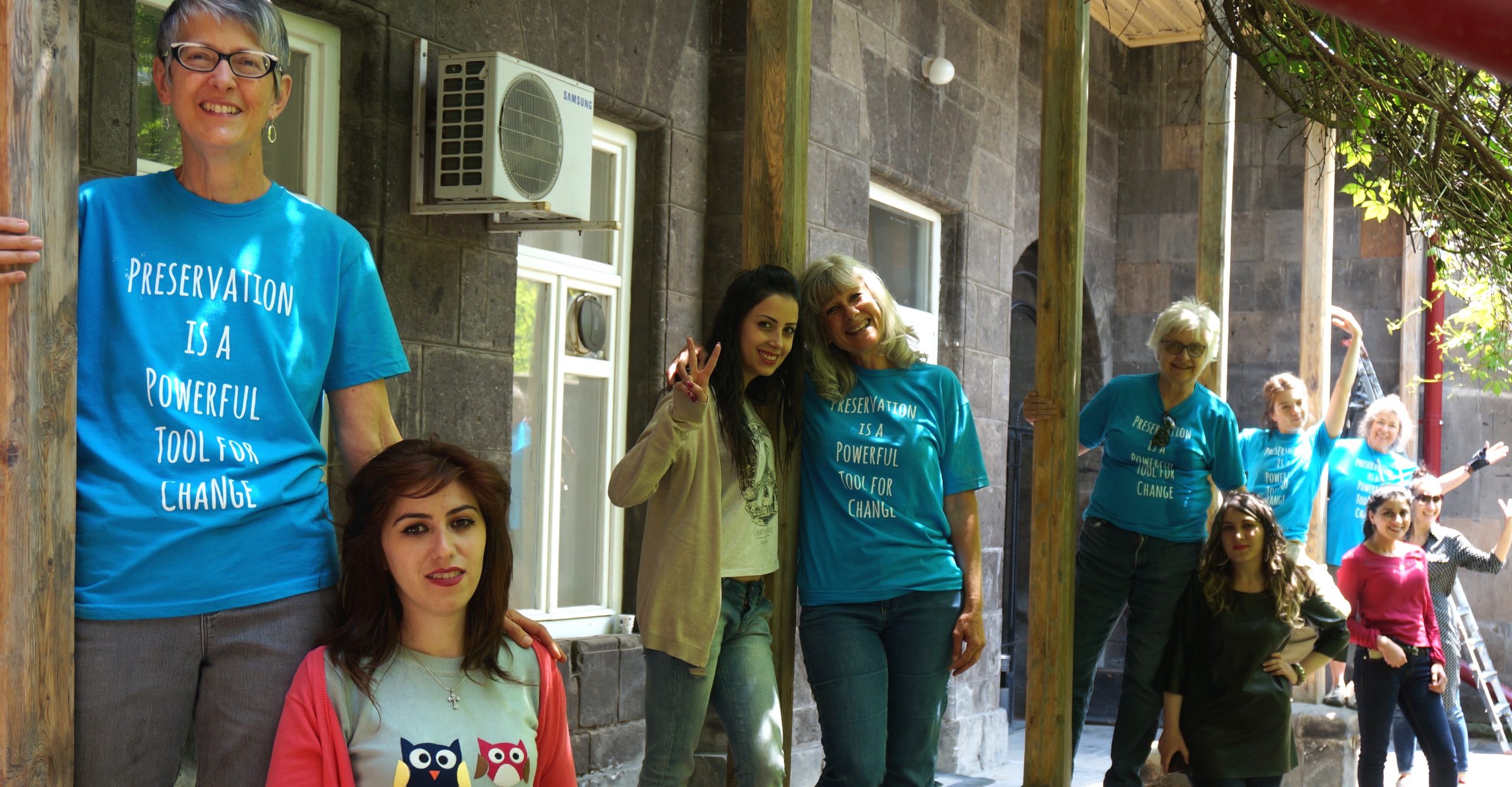
Meet Judith Broeker who specializes in historic preservation, building conservation training, volunteer vacation coordination and is actively working towards protecting cultural heritage with her initiative.
Love can indeed come in different forms to different people and for Judith, her love for historic buildings has taken her all over the world. A bachelor of Asian Studies and an MPH in Epidemiology, she found her passion for historic preservation at the age of 36. Thereafter, she began working for various organisations which dealt with saving architectural heritage, before becoming the co-founder and Program Director of Adventures in Preservation (AiP) at the age of 50.
Expressing her fondness for architectural heritage, she says- “I love historic buildings and the feeling I get as I explore them. It is as though I’m being transported to another time. This passion is enhanced by my love for photography and travel, which led to a desire to get out and explore the world. Architectural heritage carries a community’s memories and identity and tells the story of the area’s climate, building materials, historical events and artistic style. Losing a community’s architectural heritage takes away the distinctiveness travellers love to discover.”
In the initial years of AiP, she & her partner immediately realized that their projects attracted more women than men. These women expressed how their projects enabled them to go to a worksite, learn important skills, and be the ones completing the work. Perhaps it was because the concepts of volunteer vacations and experiential travel, which were relatively new in the 1990s, that perfectly matched everything that they wanted to do. Moreover, they realized how a community’s pride in its cultural heritage helps maintain stability in difficult times and this is where they wanted to play a part in the whole scenario.
In addition, while supporting community-based preservation initiatives, they discovered that their love for old buildings could translate into environmental and economic sustainability for many communities. The benefits of preservation thus became exponential for them. For many of their project communities, their only means of developing a sustainable economy was through heritage tourism. One of their projects in Armenia aptly exemplifies this- Read here.
However, it wasn’t a cakewalk for them to reach where they are today- “Our biggest challenge from the earlier days to the present day is fundraising. We have had difficulty both in getting grants and finding corporate sponsors. It took us several years to realize that we have a positive impact, not only in preservation but also in education and economic development. We are now trying to broaden our search for sponsors and take advantage of the multiple areas we can influence,” expresses a concerned Judith.
To tackle this issue, they have put up a form on their website called ‘Nominate a Project’. It allows any individual or community to request assistance in order to save a historic building. The requests they receive are sheer proof that there are many communities in the world eager to save their history but lack the resources and outside support to accomplish it. A probable reason for this is that most funders are not interested in providing support for the smaller buildings of vernacular style, which makes up the majority of historic buildings. Vernacular buildings reflect local designs developed over time to address the environment, the landscape, and the economy of using local materials. However, the funders like to preferably get involved with large and showy sites- which leaves many communities with no resources for assistance- and this is exactly where AiP steps in to fill the gap. Overall, its projects focus on building conservation, sustainable tourism, healthy economic growth and the creation of jobs that provide an improved standard of living.
Today, Judith and her partner are proud that AiP has become a leader in harnessing the power of volunteers to assist communities in saving their valuable and distinctive architectural heritage. To add a touch of personalization, they call their on-site volunteers “jammers” and since 2002, these jammers have donated a total of 24,000+ hours of hands-on preservation work. As of 2020, her team has helped save historic buildings at 46 projects in over 10 countries.
Personally for her, an amazing benefit of attending an AiP project is the friendships that people develop with each other. From being a group of strangers with a common goal to becoming friends who work, eat and play together, she ecstatically says- “Each trip creates a remarkable bonding experience and broadens my world. I gain new knowledge and insights along with a wonderfully varied group of lifelong friends and this is what makes me happy- doing what I like and making lifelong friendships!”
You can connect with her at: